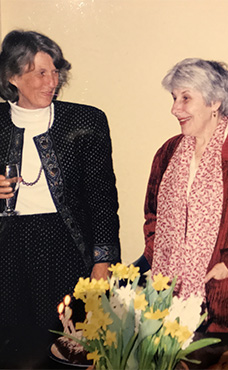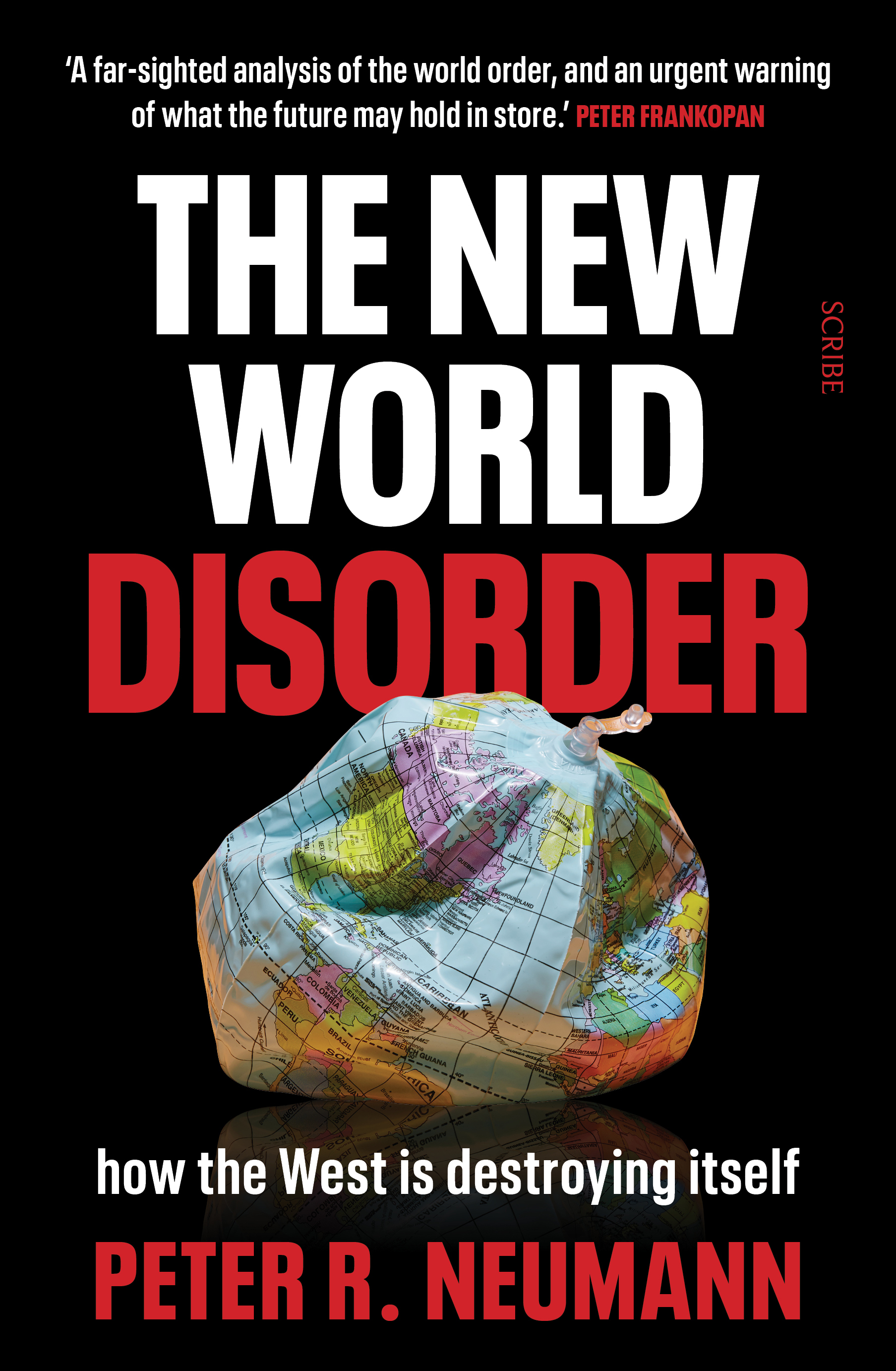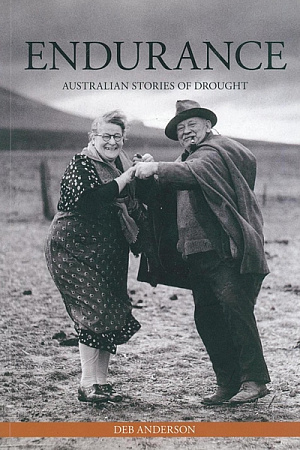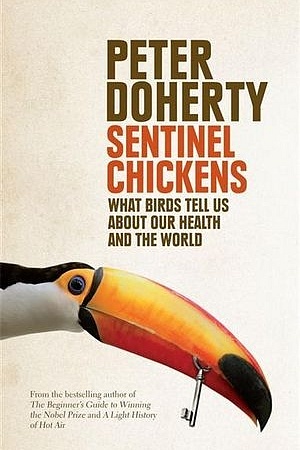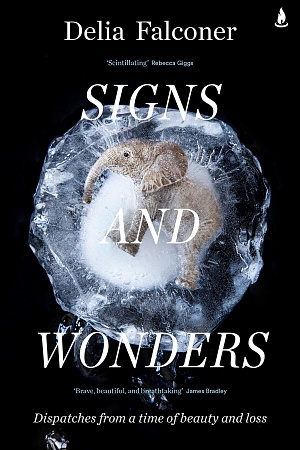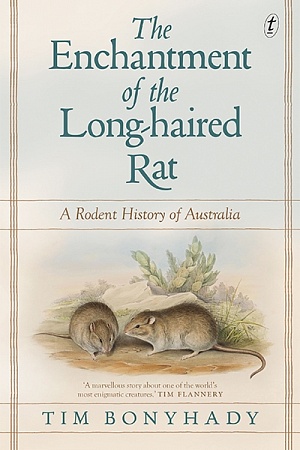Editorial
This year, the Australian bushfire season began in winter. A long, dry summer – the warmest on record – lingered into and then beyond autumn. By spring, more than one hundred uncontrolled fires were raging across the eastern seaboard, reaching into ecological regions unfamiliar with flame. It is alarming how routine such record-breaking extremes have become, and how readily, in political statements and news reports, cause is decoupled from effect.
In the early hours of September 8, a fire front savaged the Lamington National Park in south-east Queensland. The usually wet rainforest was dry. Vast tracts of the World Heritage region were razed, along with the historic mountain cabins at Binna Burra Lodge, built in 1933 by conservationists Arthur Groom and Romeo Lahey to encourage a greater appreciation of nature. The forest is now rapidly changing. ‘When we reconstruct this place,’ Steve Noakes, Binna Burra’s chairman, told reporters as the fires burned, ‘we have to take into account the impacts of climate change on Australia’s forests.’
In this issue, Tim Flannery explores the tactics and philosophies of activists who are searching for solutions that match the scale of the climate crisis we face. He, like so many others, finds hope in the global school climate strikes inspired by the words and actions of sixteen-year-old Swedish schoolgirl Greta Thunberg (who appears on our front cover). Flannery also charts the rise of the global protest group Extinction Rebellion, which turns one this month. For Thunberg and Extinction Rebellion, the environment is not an isolated issue but an inseparable part of a whole, and action to reverse the climate crisis demands transformative, structural reform.
Julia Kindt’s essay on ‘Nature’s ancient history’ reminds us that the natural world has always been an agent in human affairs, and vice versa. Xerxes, the ruthless Persian king whose army drank rivers dry, was also susceptible to the powerful beauty of nature. In protecting and decorating a plane tree, he became perhaps the first conservationist on the documentary record.
Kim Mahood’s essay in this issue reminds us that conservation efforts invariably tell us more about people than they do about the places or animals being protected. She reflects that the Night Parrot, once thought extinct, survived just fine without human intervention, and now bemused Paruku Rangers are using its re-emergence to support their own millennia-long conservation efforts. It is galling that the remarkably successful Indigenous Ranger programs need ‘a fat budgie’ to ensure their ongoing funding. As Kim Scott laments in his review of The Australian Dream, ‘mainstream Australia’ too often appears to care about heritage but not its custodians.
Threaded throughout the issue are enduring questions about political power, regulation, and obfuscation, whether these relate to water governance, windfarms, nuclear radiation, mining effluent, or small-mammal extinctions. Writing about Australia’s fatal affair with asbestos, Graeme Davison reflects on the many bitter legacies we face – from Indigenous dispossession to environmental neglect – and how they coalesce around the same questions: ‘When did they know? Why did they ignore the truth-tellers? Was the blindness innocent or wilful?’
Once again, Greta Thunberg’s words ring clear: ‘To all of you who choose to look the other way every day … Your silence is almost worst of all.’
It has been a privilege to work on this issue, which has been generously supported by ABR’s long-term partner Eucalypt Australia.

